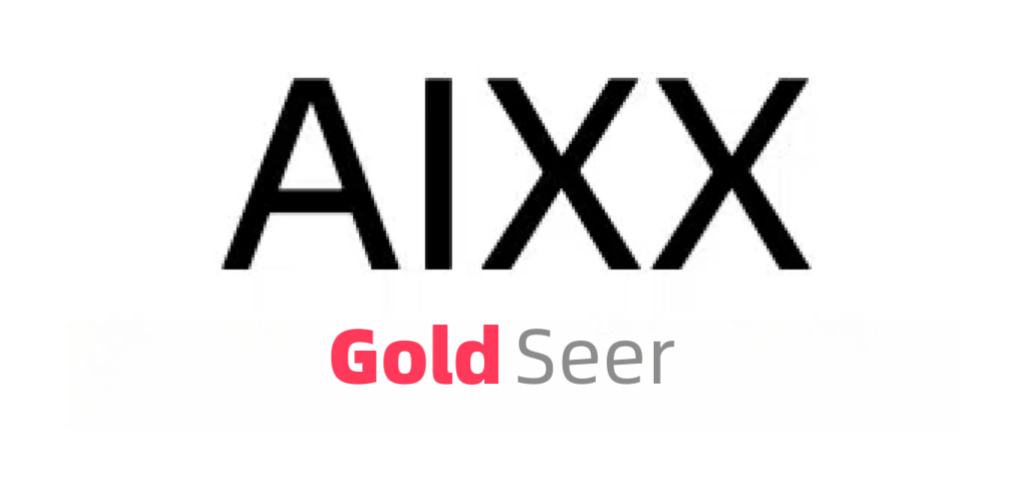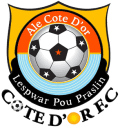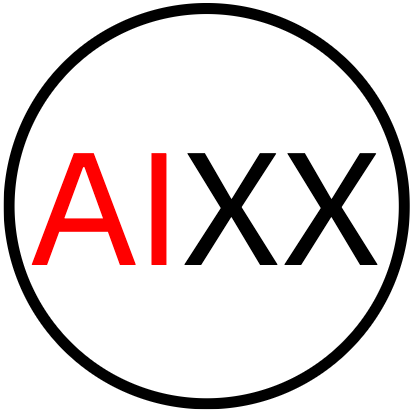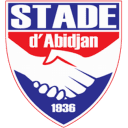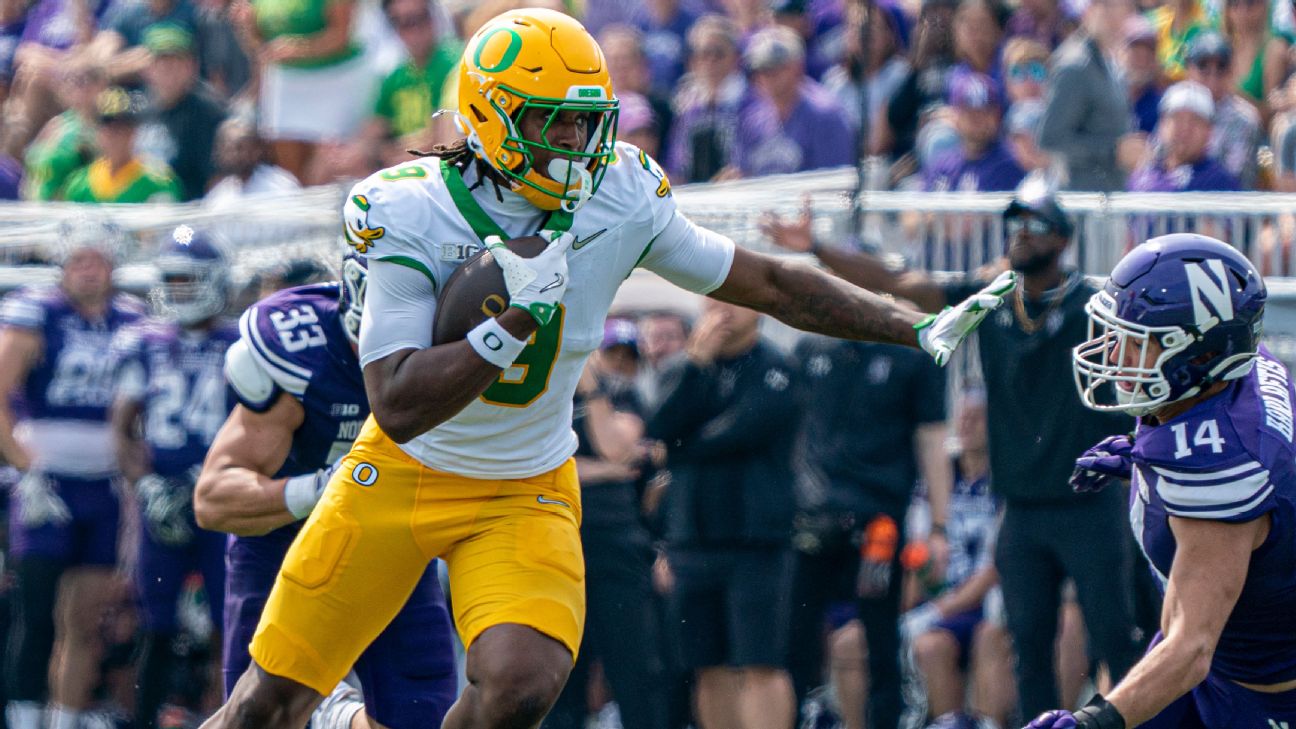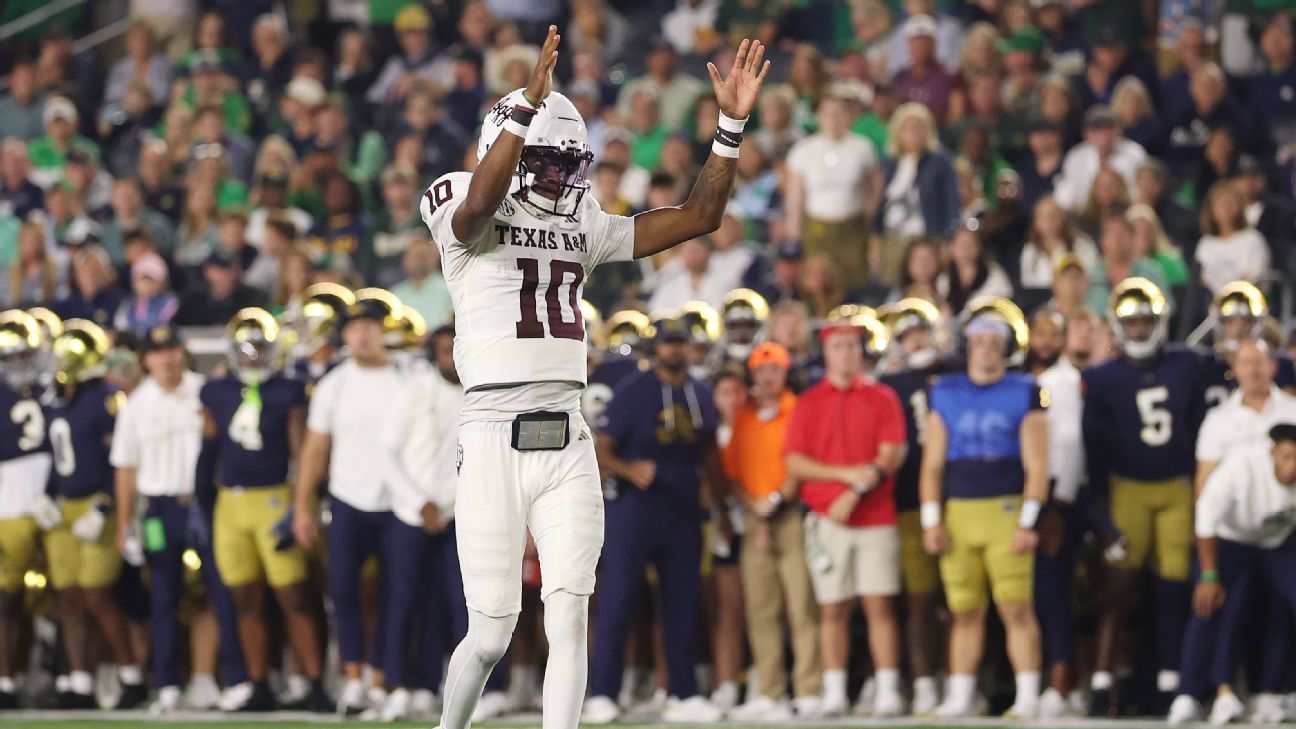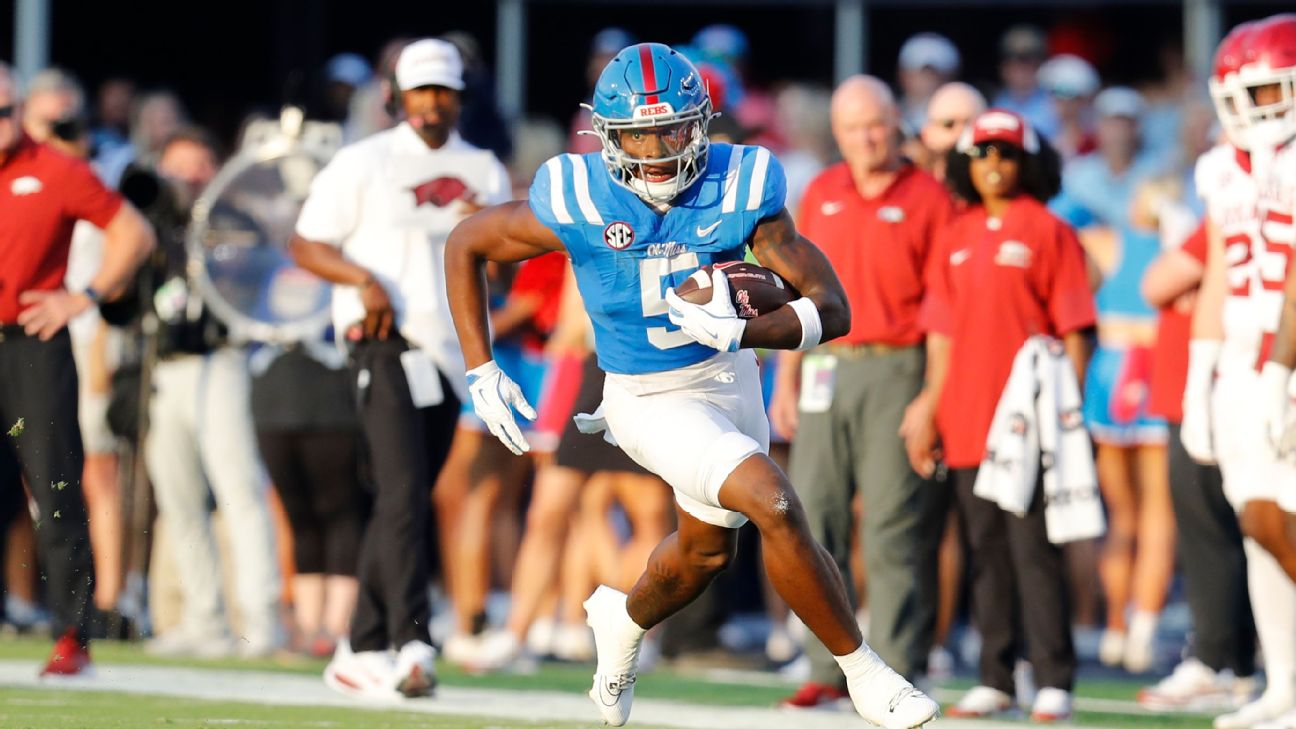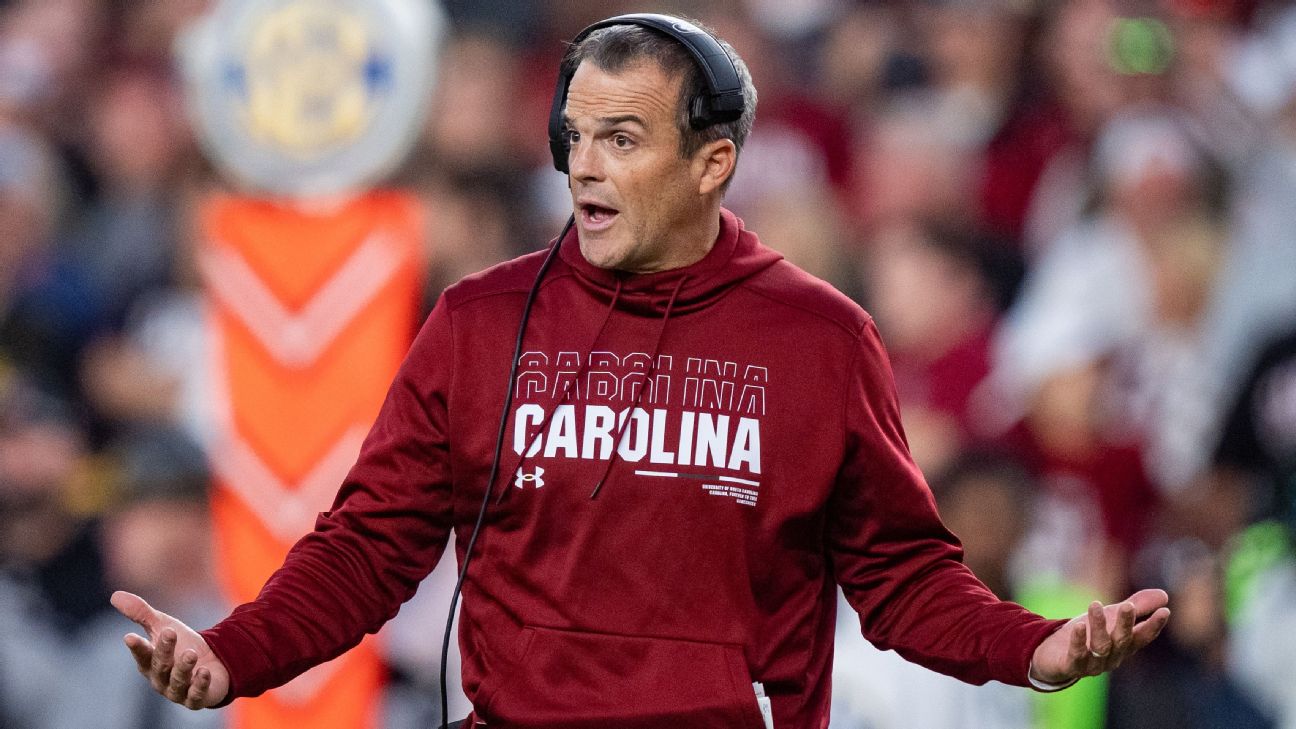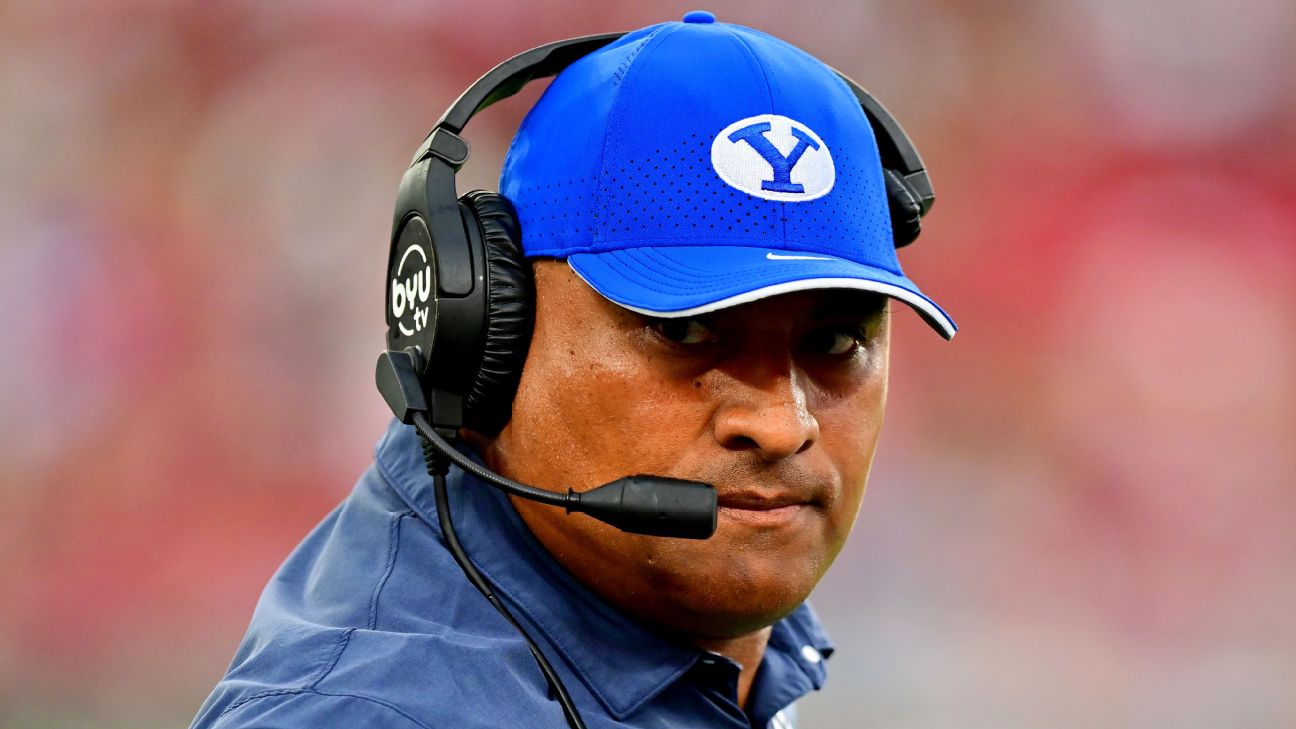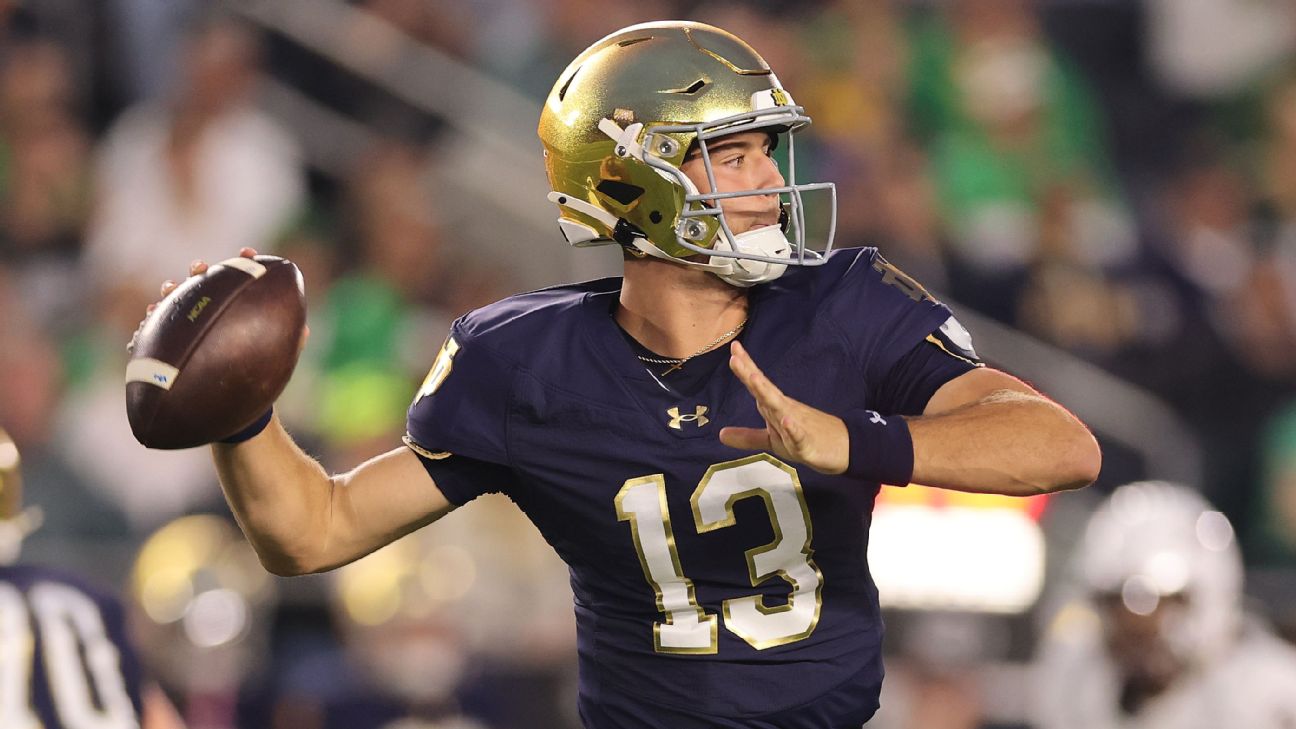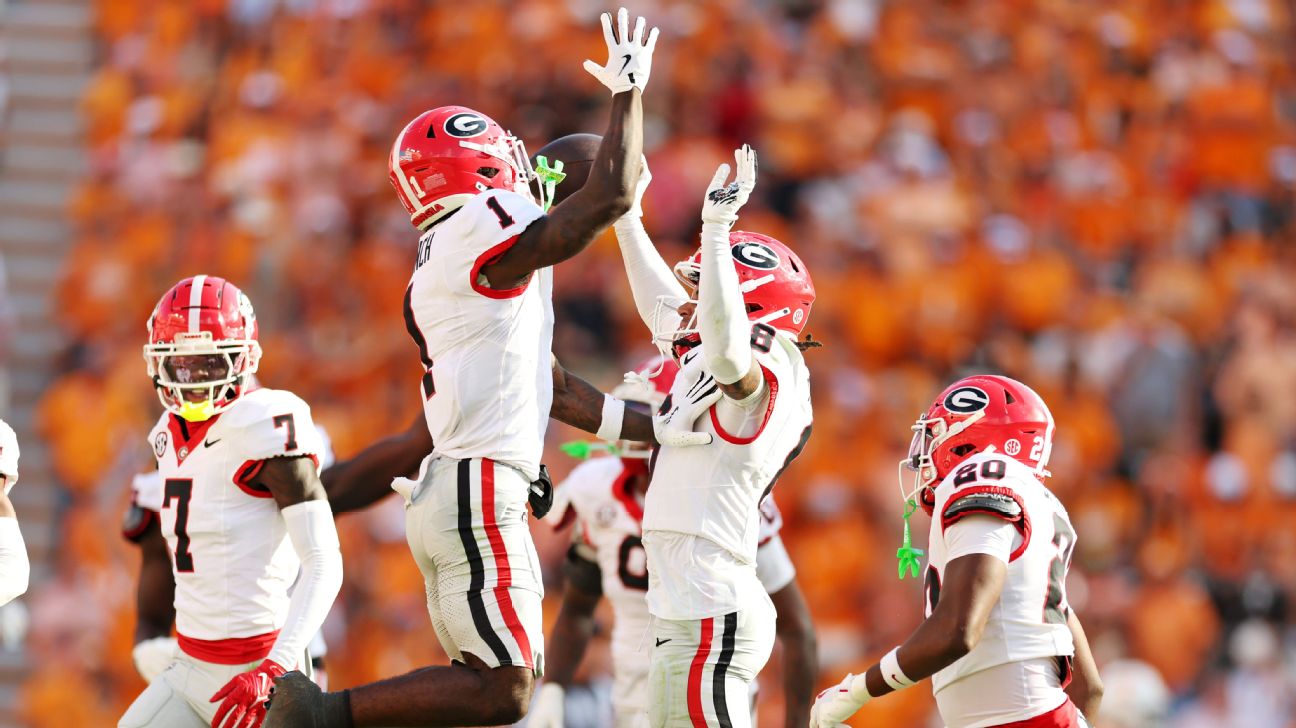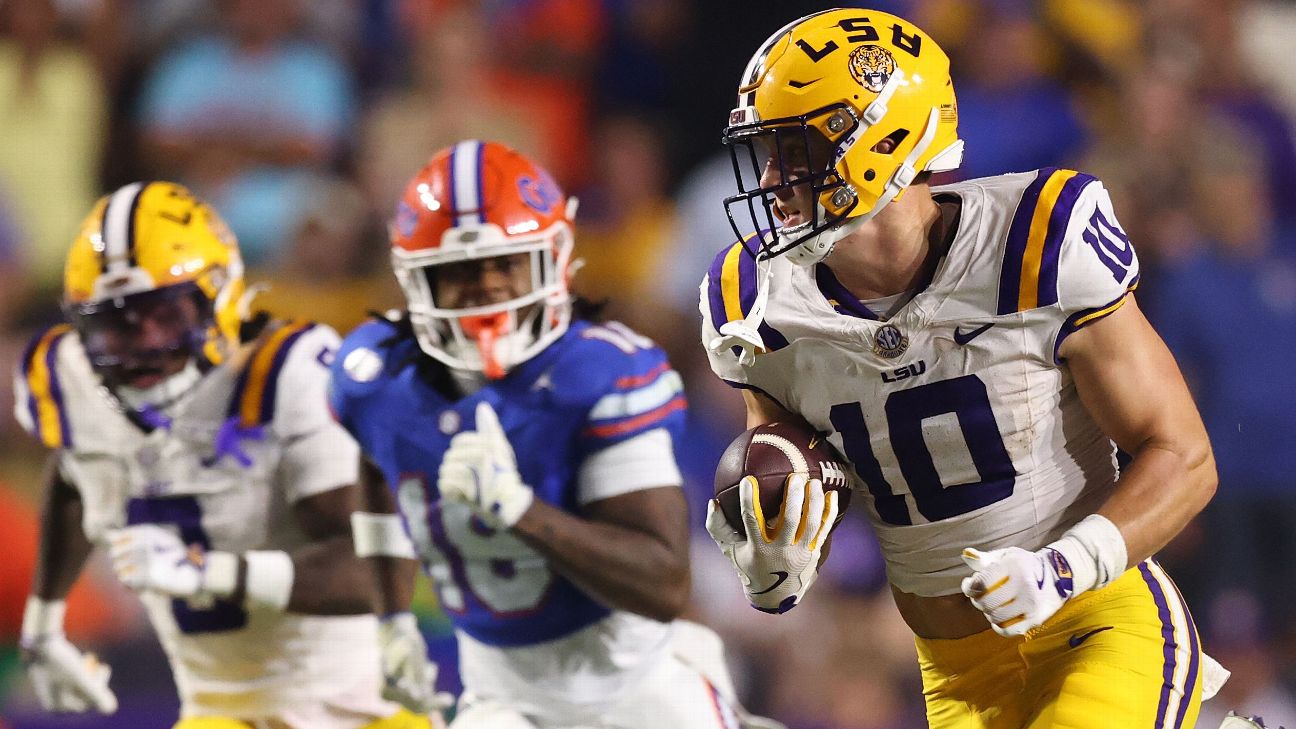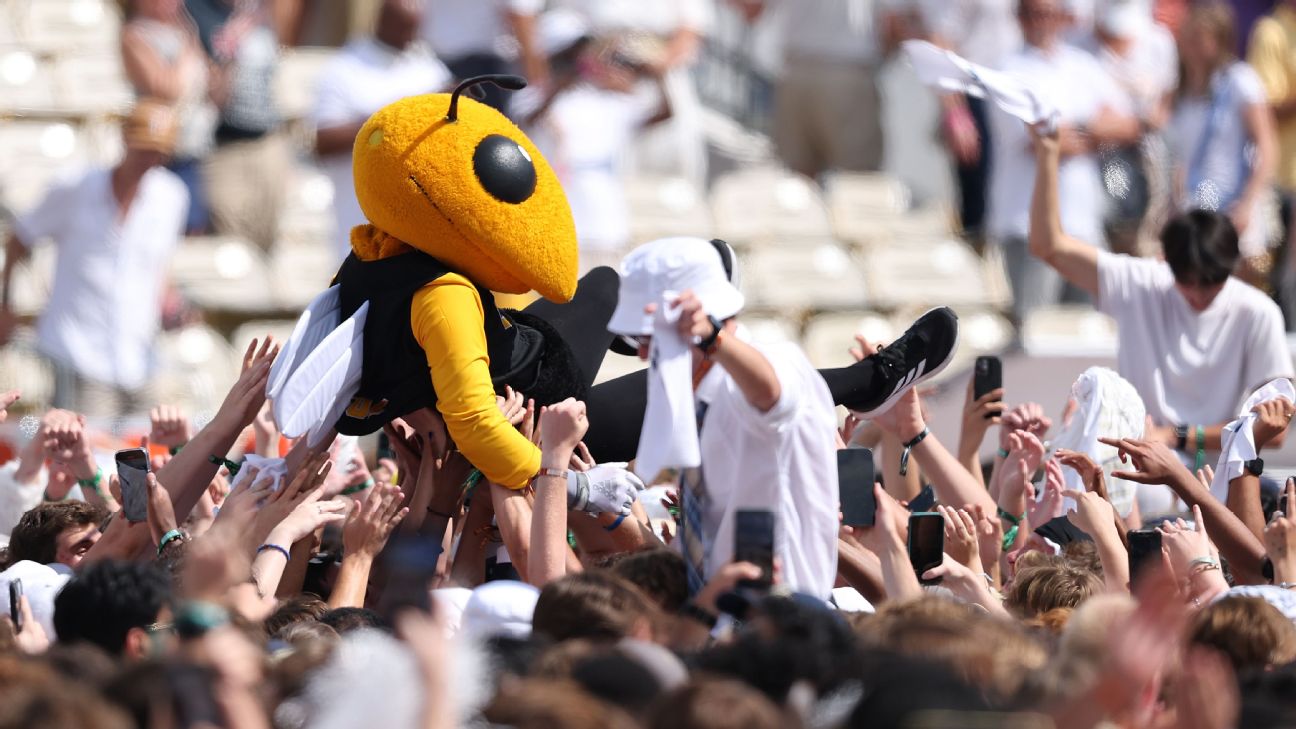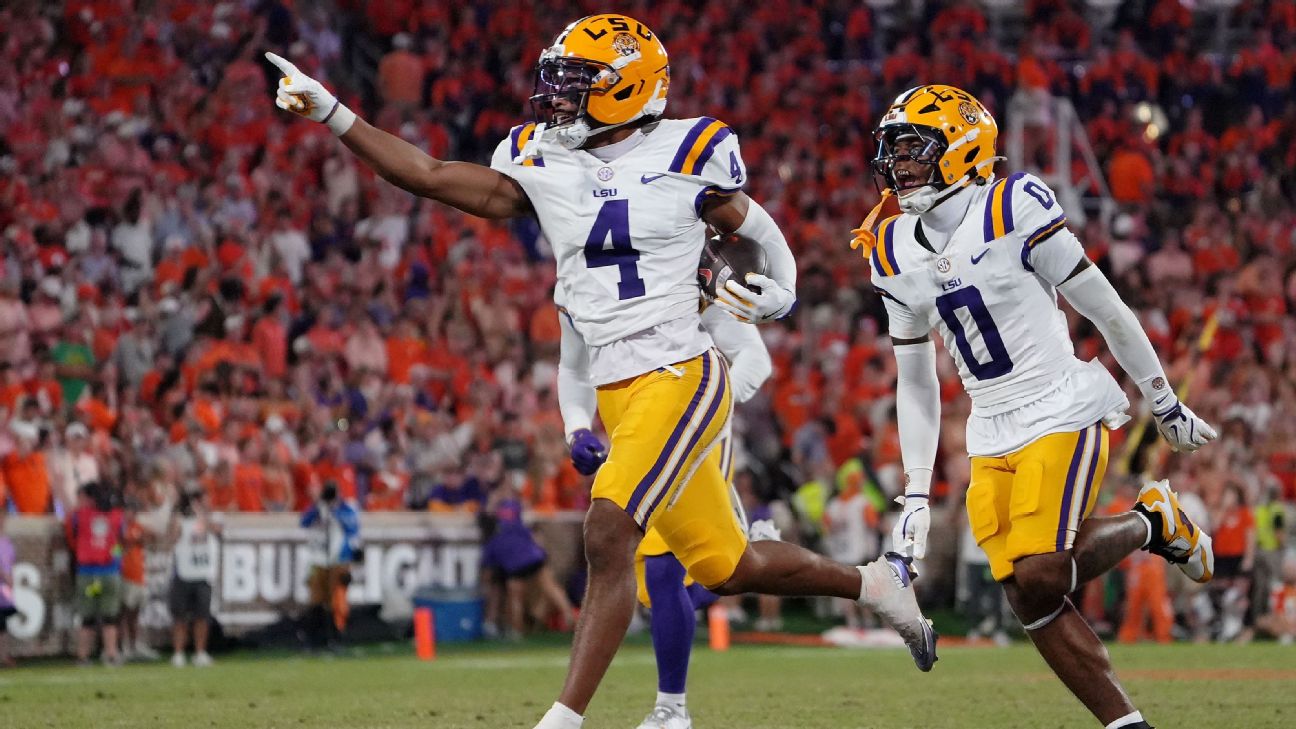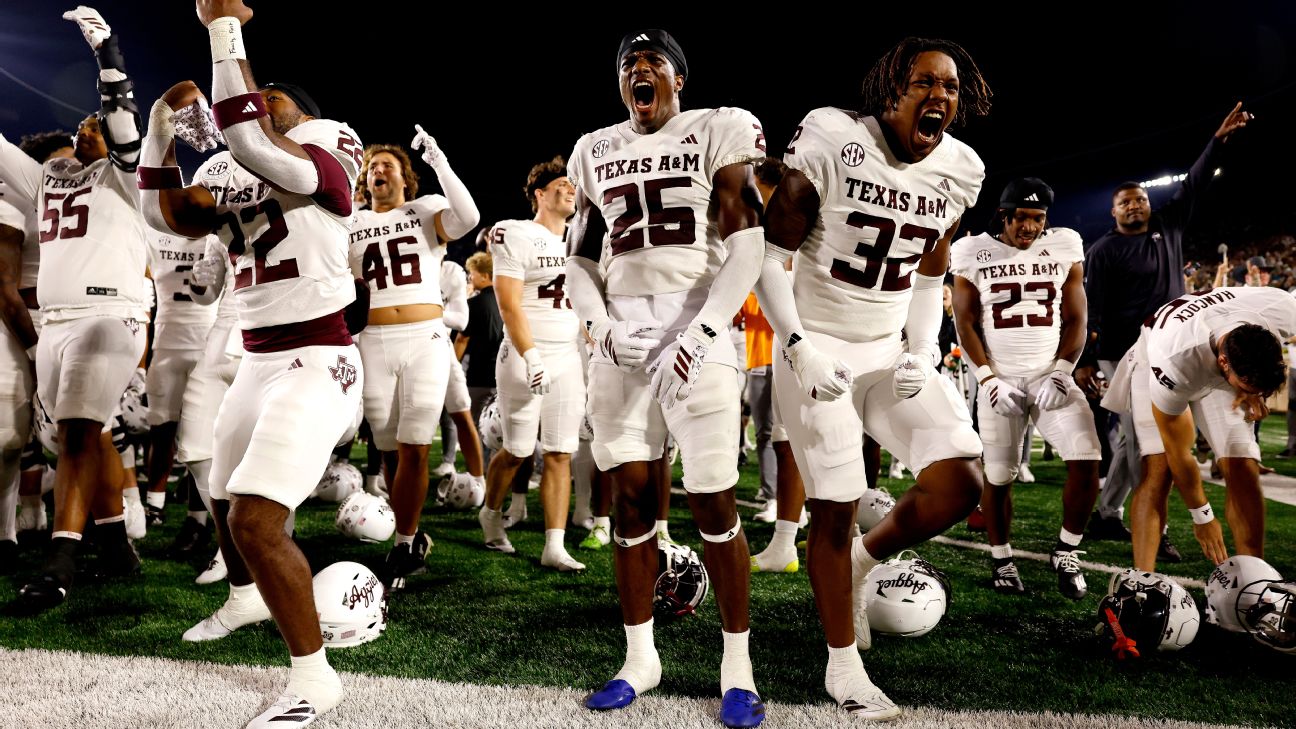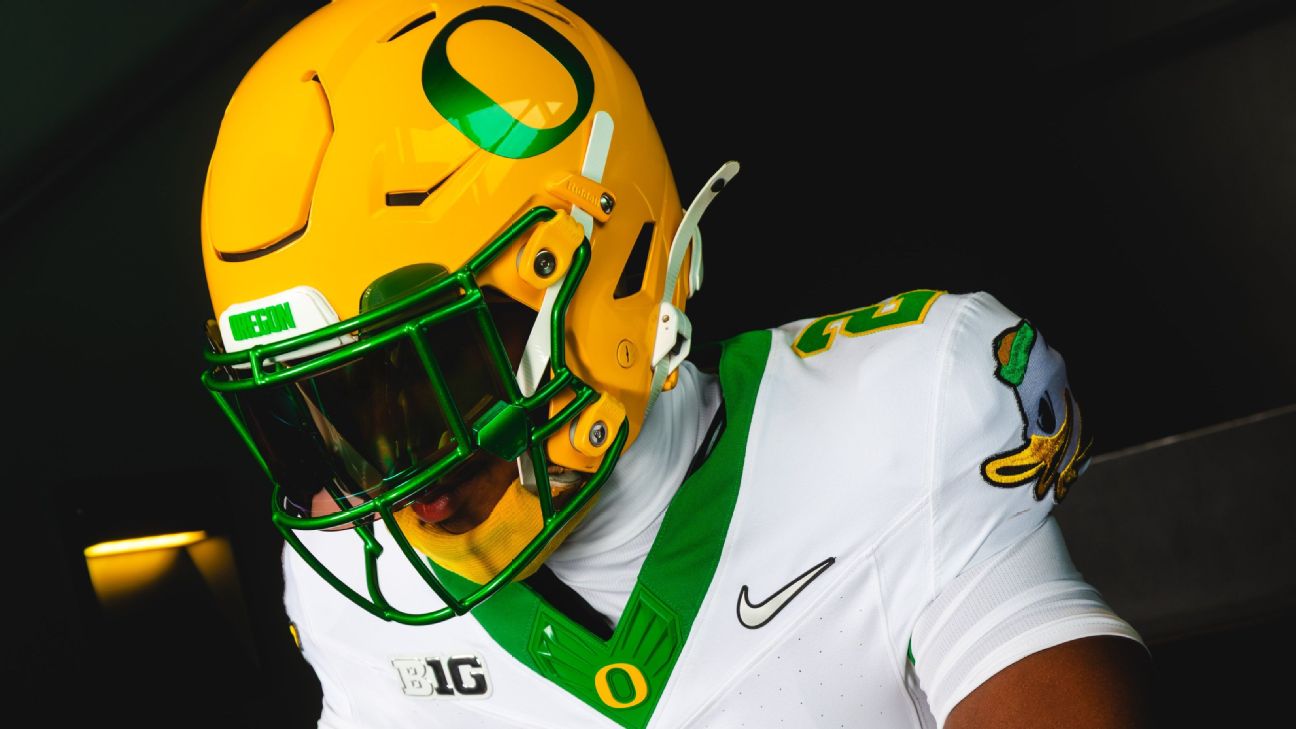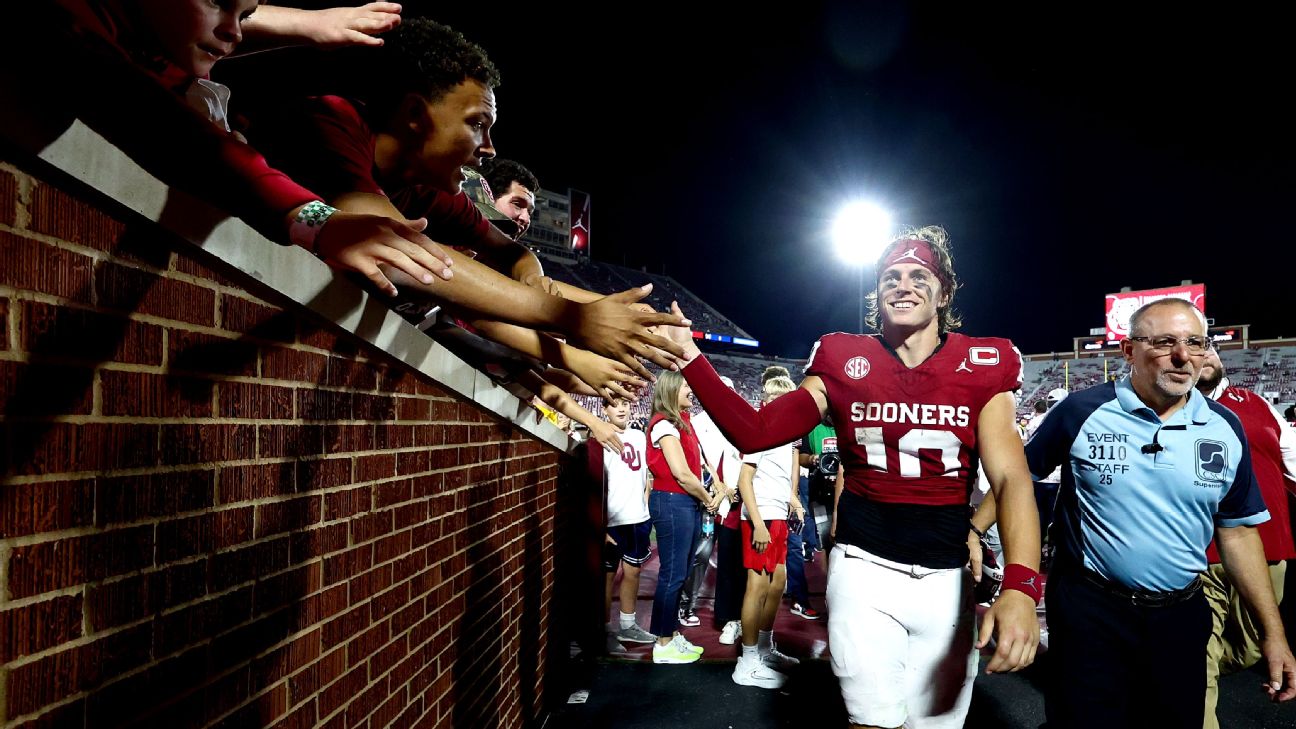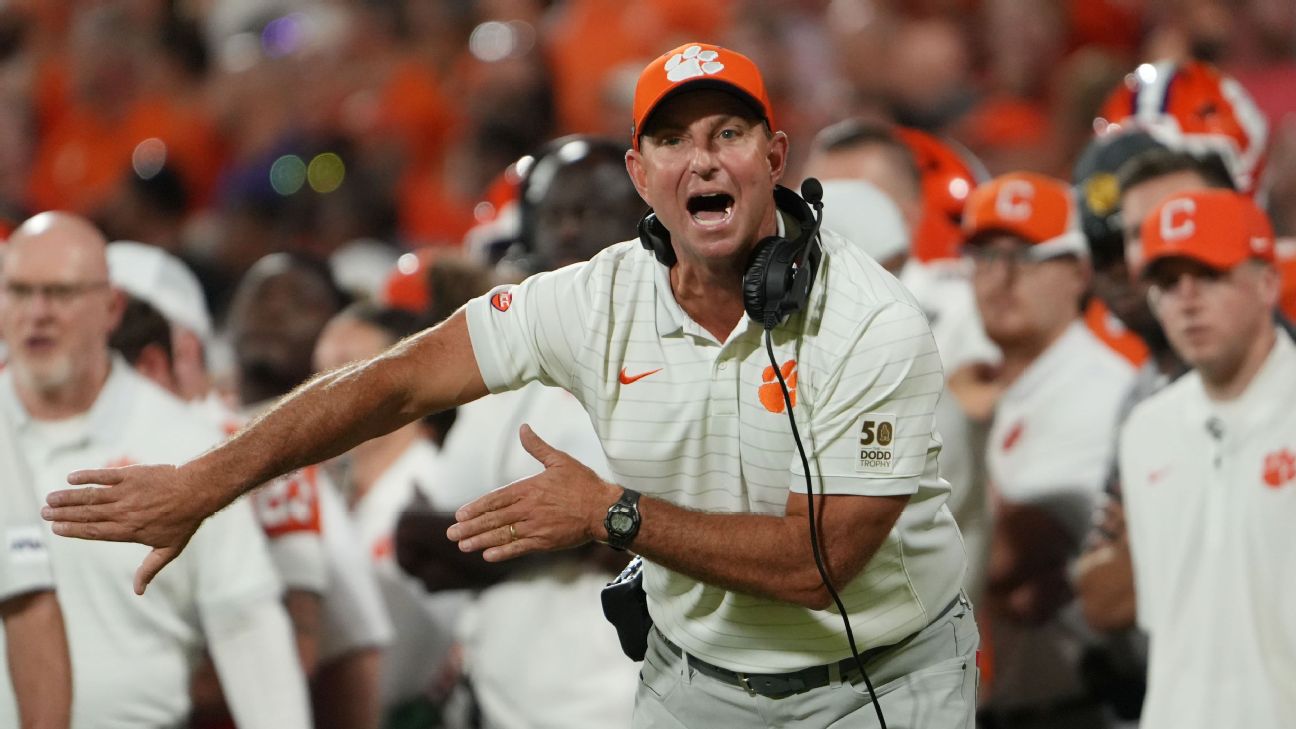NCAAF NIL Payments: New Rules and What They Mean for College Sports
The College Sports Commission has revised its NIL payment rules, impacting how student-athletes and collectives operate in NCAAF.
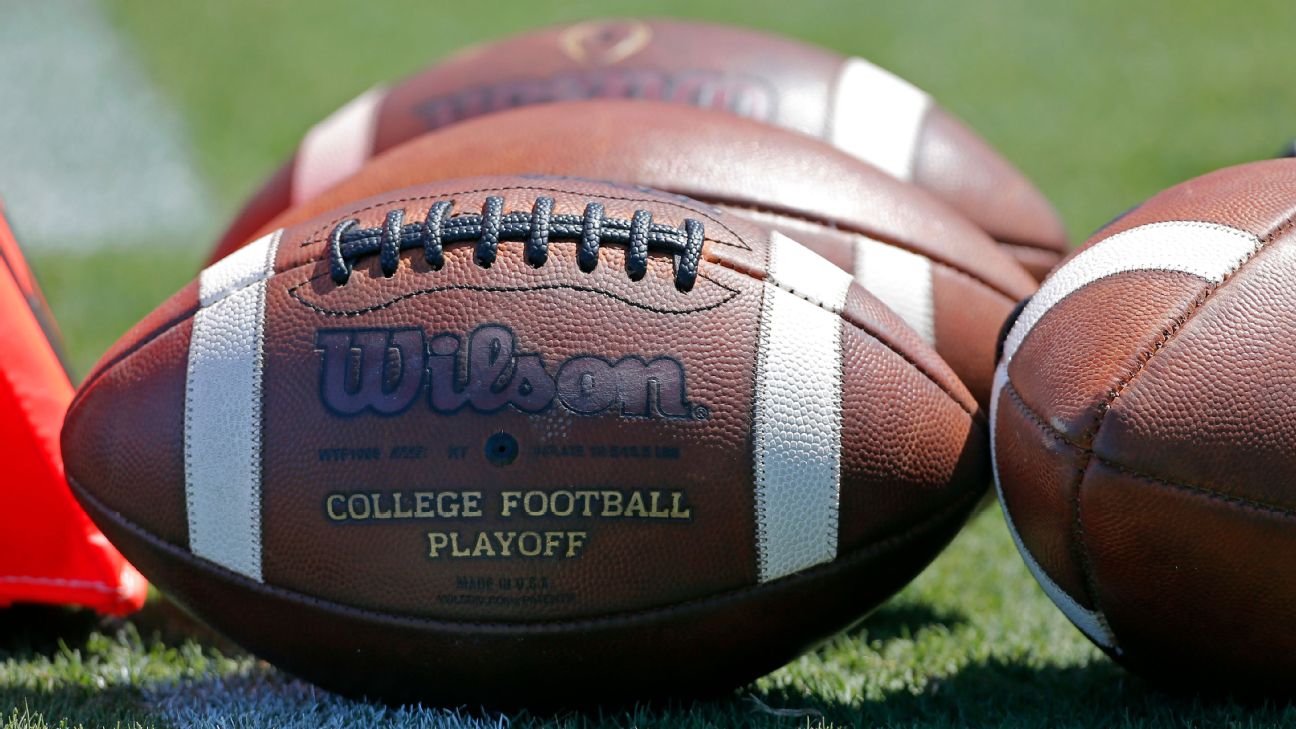
The College Sports Commission (CSC) has recently updated its guidelines regarding Name, Image, and Likeness (NIL) payments for NCAAF athletes. This move comes after significant debate and legal scrutiny over how these payments should be regulated to maintain competitive balance in college sports.
Key Changes in NIL Payment Rules
- End of Blanket Prohibition: The CSC has lifted its blanket ban on athletes receiving payments from NIL collectives, allowing for more flexibility in how athletes can benefit from their personal brand.
- Increased Scrutiny: While the prohibition has been loosened, collectives will face more stringent scrutiny when signing deals with athletes to ensure compliance with the new rules.
- Legitimate Business Purpose: All NIL deals must now demonstrate a legitimate business purpose, moving away from the pay-for-play model that was previously a concern.
Impact on Student-Athletes and Collectives
Student-athletes now have two primary avenues for earning money:
- Direct Payments from Schools: Starting in the upcoming academic year, schools can provide direct payments to athletes, capped at $20.5 million per institution.
- Third-Party Endorsements: Athletes can also engage in endorsement deals with third parties, provided these deals are for a valid business purpose and fall within reasonable compensation ranges.
The Role of the CSC
The CSC, a new enforcement agency, is tasked with vetting all third-party deals to ensure they comply with the terms of the House Settlement. The organization uses the NIL Go platform, operated by Deloitte, to evaluate these deals on a case-by-case basis.
Industry Reactions
Hunter Baddour, executive director of The Collective Association, praised the new guidelines, stating, "Today's development is a significant step forward for student-athletes and the collectives that support them." However, some collectives, represented by high-profile attorney Tom Mars, are still considering potential legal action, although the new guidance has improved the situation.
Future Implications
While the new rules aim to balance the playing field, there are concerns that creative boosters may still find loopholes to funnel money to athletes. College sports leaders remain hopeful that the existing restrictions will prevent wealthier schools from gaining an unfair advantage.
Conclusion
The updated NIL payment rules mark a pivotal moment in NCAAF, offering more opportunities for student-athletes while striving to maintain fairness and integrity in college sports. As the industry continues to evolve, the CSC's role will be crucial in navigating these complex waters.
